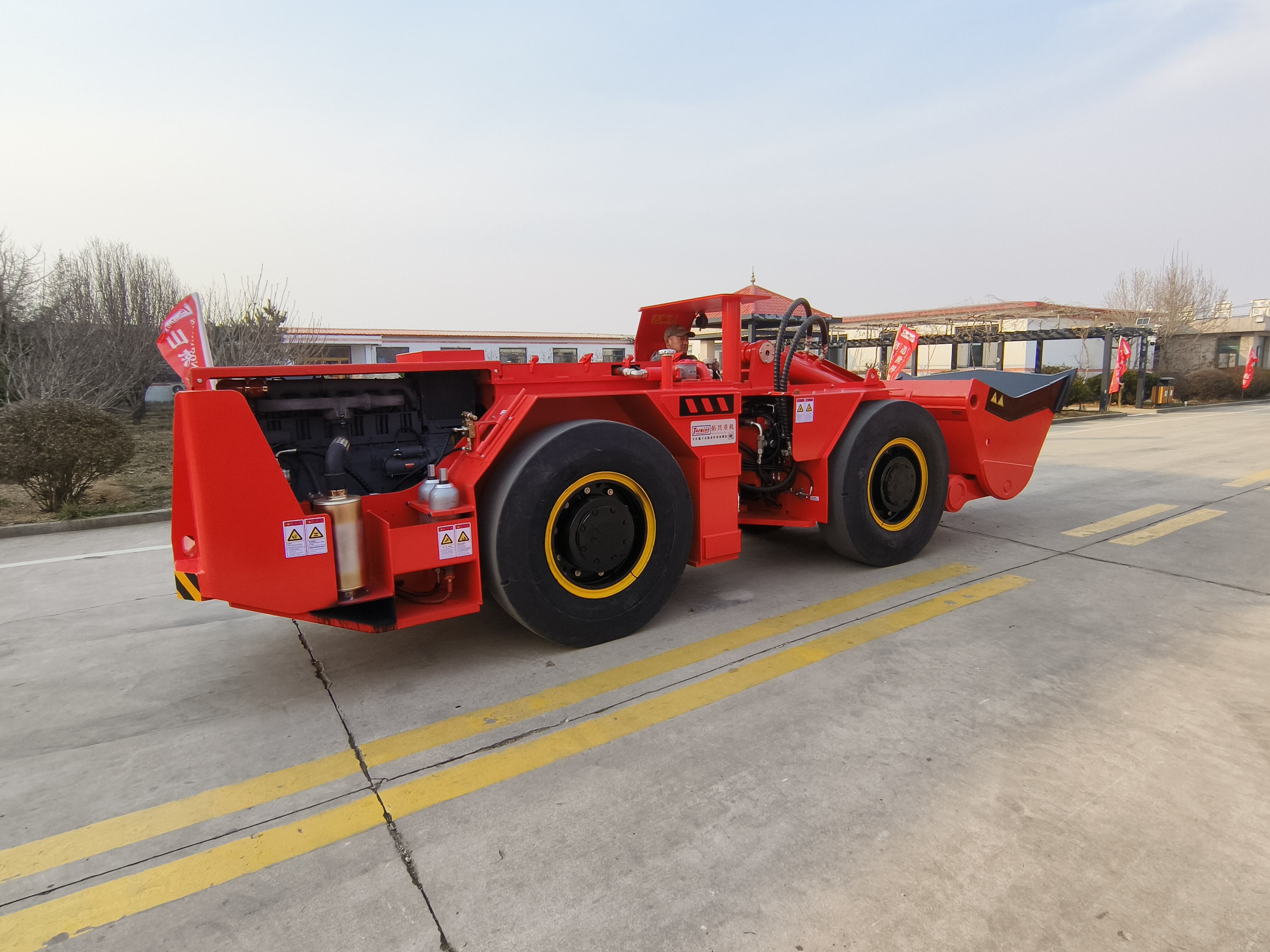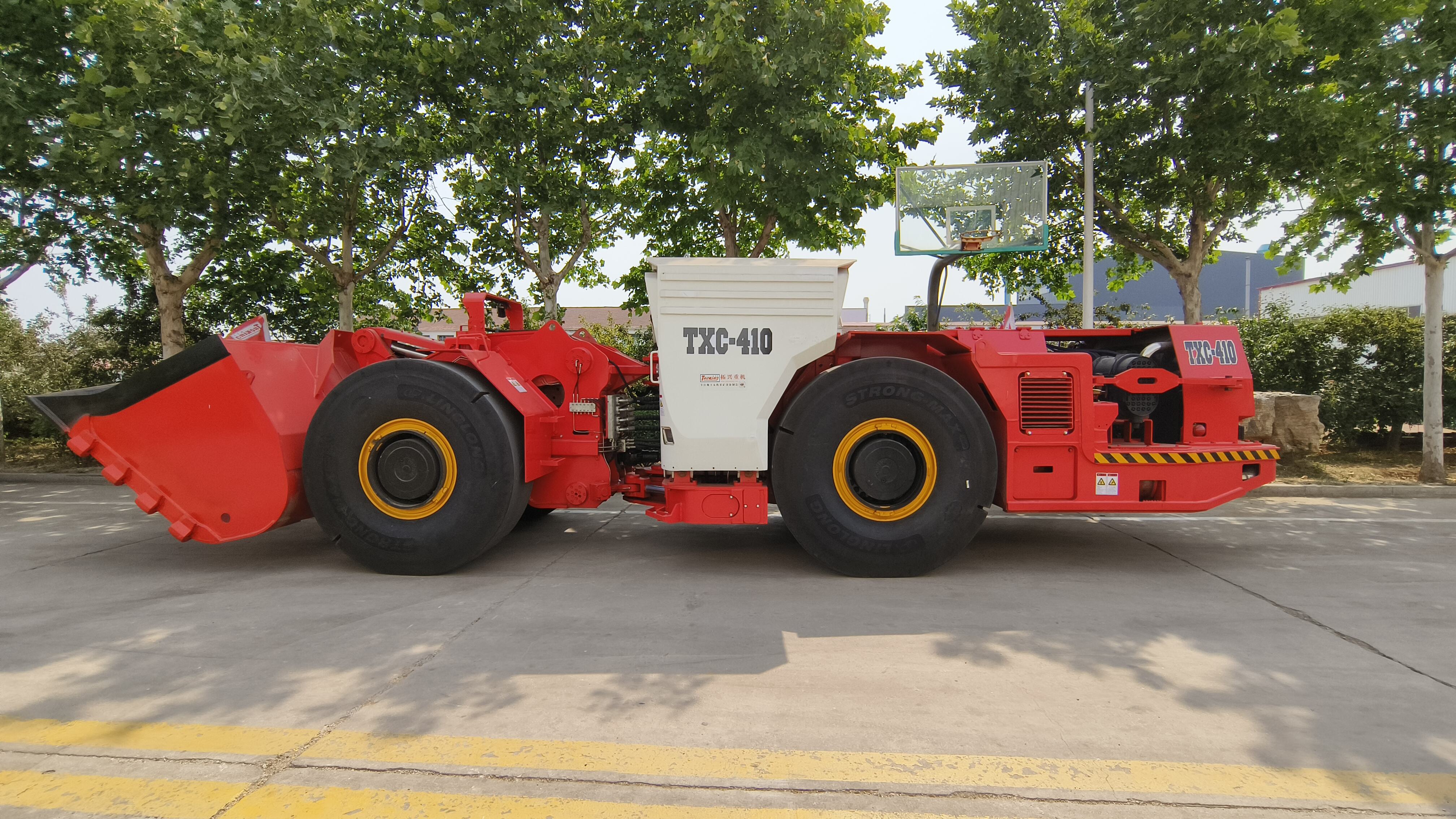The Importance of Maintenance in Gold Mining Equipment
Gold Mining Equipment plays a central role in the extraction process, directly influencing the efficiency, output, and profitability of mining operations. While modern machines are engineered for durability, their actual performance and lifespan depend heavily on the maintenance practices applied during daily use. Well-maintained Gold Mining Equipment not only enhances productivity but also reduces the risk of unexpected breakdowns that could halt operations.
The importance of proper upkeep cannot be overstated. Whether it is crushing machines, drilling rigs, or processing units, each piece of equipment requires timely attention. If neglected, minor issues can escalate into costly repairs or even complete equipment failure. This is why mining operators often ask: how can maintenance extend equipment life and optimize performance? The answer lies in consistent care, preventive strategies, and the integration of new technologies that monitor conditions in real time.
In an industry where operational downtime translates into significant financial loss, focusing on preventive maintenance rather than reactive repairs is a strategic necessity. By aligning routine checks with long-term efficiency goals, companies ensure that Gold Mining Equipment delivers reliable output under demanding conditions.
Regular Maintenance Practices for Gold Mining Equipment
Lubrication and Wear Prevention
Proper lubrication is one of the simplest yet most critical steps in maintaining Gold Mining Equipment. Machines operating in dusty, abrasive environments experience high levels of friction, leading to premature wear. Using the correct lubricants ensures smooth operation, reduces component strain, and minimizes the risk of overheating. Regular checks on lubrication levels also help identify leaks or contamination early.
Cleaning and Debris Management
Dust, mud, and mineral residues accumulate quickly in mining environments. Without regular cleaning, these deposits interfere with mechanical systems and clog filters, reducing efficiency. Operators who implement systematic cleaning schedules ensure that Gold Mining Equipment performs consistently while avoiding unexpected blockages that can disrupt production.

Monitoring and Inspection for Extended Lifespan
Scheduled Inspections and Condition Assessments
Frequent inspections allow operators to identify small defects before they evolve into major problems. By examining gears, belts, hydraulic systems, and electrical circuits, maintenance teams can schedule repairs in advance. This proactive approach saves both time and money while extending the operational lifespan of Gold Mining Equipment.
Using Predictive Maintenance Technologies
Modern predictive maintenance tools, such as vibration analysis, thermal imaging, and IoT-based sensors, are revolutionizing equipment care. These technologies detect anomalies in performance and alert operators before failures occur. By integrating predictive solutions, mining companies achieve higher reliability and maximize the lifespan of their Gold Mining Equipment.
Component Care in Gold Mining Equipment
Engine and Power System Maintenance
Engines are the heart of heavy mining machinery. Regular oil changes, filter replacements, and monitoring of cooling systems are vital to keeping engines running efficiently. Failure to maintain engines not only reduces fuel efficiency but also puts the entire Gold Mining Equipment at risk of downtime.
Hydraulic and Mechanical Parts
Hydraulic systems power many mining machines, from excavators to crushers. Ensuring that hoses, seals, and pumps remain in good condition prevents leaks and power losses. Likewise, mechanical parts such as gears and bearings require close monitoring to ensure smooth operation and minimize wear.
Environmental and Operational Factors
Dust and Moisture Control
Mining environments are often harsh, with equipment exposed to dust storms, rainfall, or high humidity. These conditions accelerate rust, clog systems, and reduce mechanical reliability. Installing dust-control systems and using protective coatings ensures that Gold Mining Equipment remains functional even in challenging climates.
Terrain and Operational Load
Rough terrains, steep slopes, and heavy operational loads exert significant stress on mining machines. Overloading equipment shortens its lifespan and increases repair costs. By adhering to manufacturer load recommendations and adapting equipment use to terrain conditions, operators extend durability and efficiency.
Training and Human Factors
Operator Training and Awareness
Even the best-maintained Gold Mining Equipment can fail if handled incorrectly. Training operators on proper usage, safe handling, and identifying warning signs is crucial. Skilled operators know how to avoid excessive strain on machinery, ensuring long-term reliability and better output.
Safety Protocols and Equipment Handling
Maintenance and safety are closely linked. Following safety protocols during inspections and repairs prevents accidents while ensuring that maintenance is performed effectively. Safe practices reduce human error, which is one of the most common causes of unnecessary equipment damage.
Innovations in Gold Mining Equipment Maintenance
Digital Monitoring and Automation
Digital technologies have transformed how mining companies maintain their assets. Smart systems now monitor performance continuously, providing real-time data on vibrations, pressure, and temperature. These insights allow operators to take immediate corrective action before breakdowns occur, ensuring uninterrupted productivity.
Eco-Friendly Maintenance Solutions
Sustainability is becoming a focus in mining operations. Eco-friendly lubricants, energy-efficient systems, and recyclable spare parts are being introduced to reduce the environmental impact of maintenance. These innovations not only align with global sustainability goals but also improve the long-term durability of Gold Mining Equipment.
Strategic and Economic Benefits of Maintenance
Reducing Downtime and Repair Costs
One of the greatest benefits of proactive maintenance is the reduction of costly downtime. Every hour that Gold Mining Equipment is idle translates to lost production. Preventive care ensures smoother operations, fewer interruptions, and lower overall repair expenses.
Enhancing Equipment Value and Resale Potential
Well-maintained machines retain higher resale value. When Gold Mining Equipment eventually needs upgrading, equipment with a documented history of proper maintenance attracts better market prices. This makes maintenance not only a technical necessity but also a financial strategy.
FAQ
What are the most important maintenance practices for Gold Mining Equipment
Lubrication, cleaning, and regular inspections are the core practices. They prevent wear, extend component life, and ensure consistent performance.
How does predictive maintenance improve the reliability of Gold Mining Equipment
Predictive technologies use sensors and data analysis to detect early signs of failure. This approach prevents breakdowns and maximizes operational uptime.
How often should Gold Mining Equipment undergo inspection
Most equipment should be inspected at least monthly, with more detailed checks scheduled quarterly or biannually depending on operational intensity.
Can proper maintenance reduce operational costs in mining
Yes, preventive maintenance significantly reduces repair expenses, minimizes downtime, and ensures optimal fuel and energy efficiency, ultimately lowering overall operational costs.
Table of Contents
- The Importance of Maintenance in Gold Mining Equipment
- Regular Maintenance Practices for Gold Mining Equipment
- Monitoring and Inspection for Extended Lifespan
- Component Care in Gold Mining Equipment
- Environmental and Operational Factors
- Training and Human Factors
- Innovations in Gold Mining Equipment Maintenance
- Strategic and Economic Benefits of Maintenance
- FAQ

